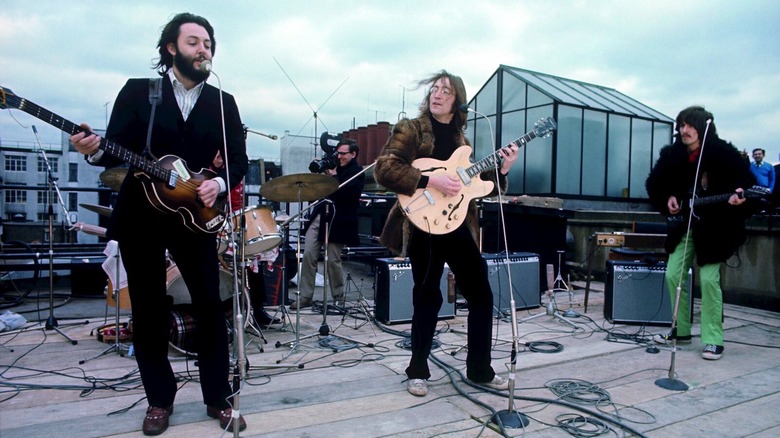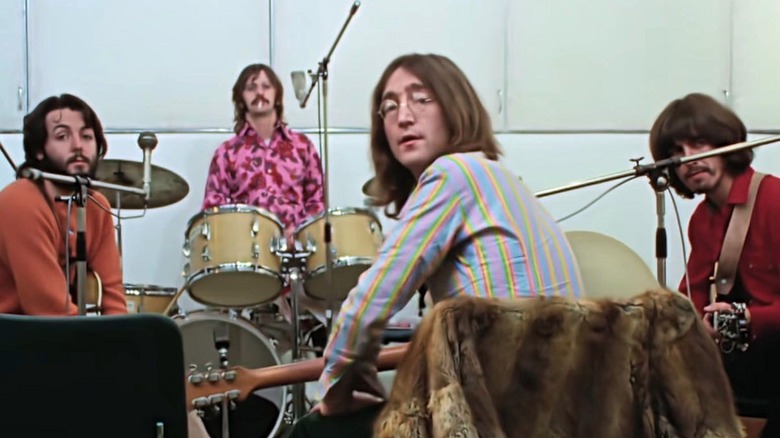The Beatles: Get Back Used High-Tech Machine Learning To Restore The Audio
If you live on Earth, you've probably heard the music of The Beatles at least once. Heck, there's even a movie about what the world would look like if The Beatles had never existed, so they've clearly had a pretty massive pop culture impact. However, outside of their remastered album recordings, fans haven't been able to hear much of the Fab Four in high definition.
Now, in "The Beatles: Get Back" on Disney+, director Peter Jackson has delivered audio and footage from The Beatles that's higher quality than anything we've seen or heard before. In an interview with Variety, Jackson explained how they used technological magic to clean up the audio enough to make it sound like you were in the room with John, Paul, George, and Ringo.
Using Computers to Make The Beatles Crystal Clear
"The Beatles: Get Back" is eight hours of carefully curated audio and footage from The Beatles in the studio and performing a rooftop concert in London in 1969. Jackson had to dig through 60 hours of vintage film footage and around 150 hours of audio recordings in order to put together his three-part documentary. Once he decided which footage and audio to include, then he had to take the next difficult step: cleaning up and restoring them both to give fans a look at The Beatles like they had never seen them before.
In order to clean up the audio for "Get Back," Jackson employed algorithm technology to teach computers what different instruments and voices sounded like so they could isolate each track:
"To me the sound restoration is the most exciting thing. We made some huge breakthroughs in audio. We developed a machine learning system that we taught what a guitar sounds like, what a bass sounds like, what a voice sounds like. In fact we taught the computer what John sounds like and what Paul sounds like. So we can take these mono tracks and split up all the instruments we can just hear the vocals, the guitars. You see Ringo thumping the drums in the background but you don't hear the drums at all. That allows us to remix it really cleanly."
Once each track was isolated, sound mixers could then adjust volume levels individually to help with sound quality and clarity. The isolated tracks also make it much easier to remove noise from the audio tracks, like background sounds or the electronic hum of older recording equipment. This ability to fine-tune every aspect of the audio allowed Jackson to make it sound like the Fab Four are hanging out in your living room. When that technology is used for their musical performances, it's all the more impressive, as their rooftop concert feels as close to the real thing as you can possibly get.
Check out "The Beatles: Get Back," streaming on Disney+.

